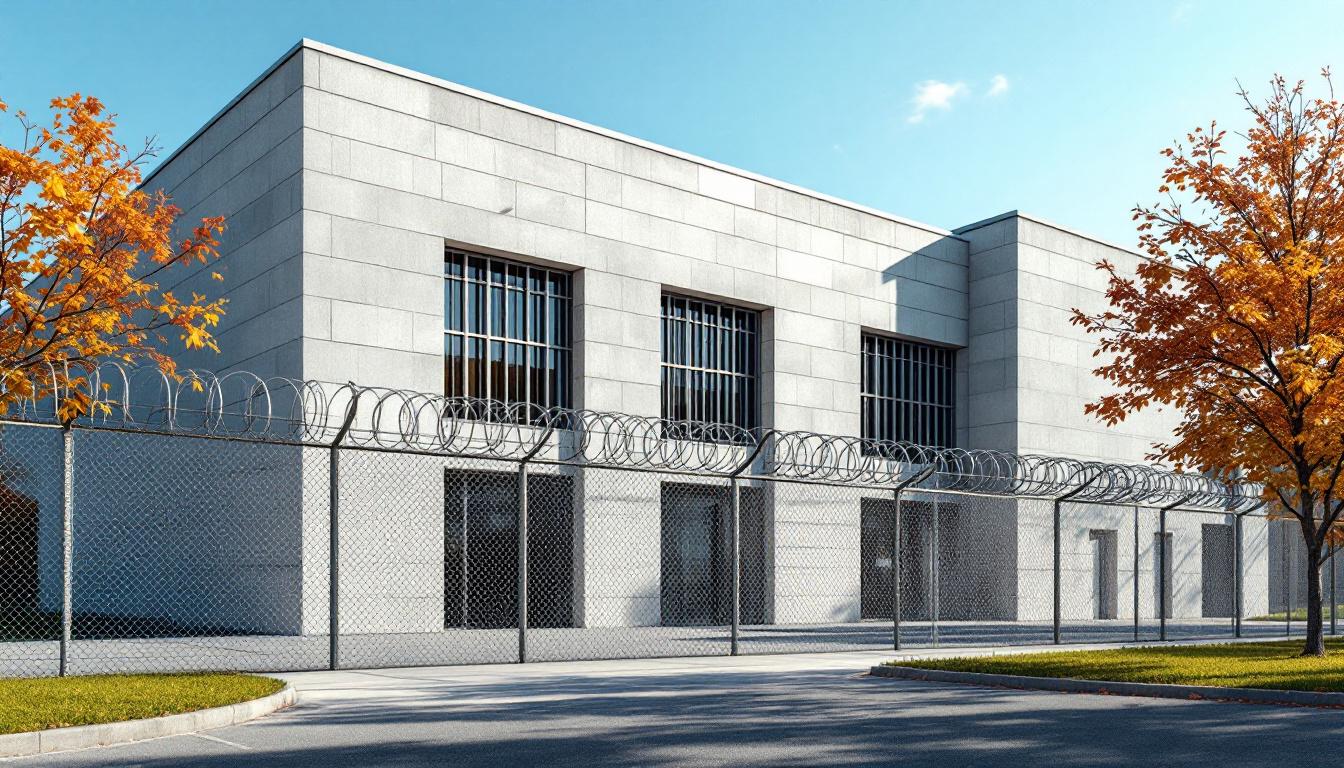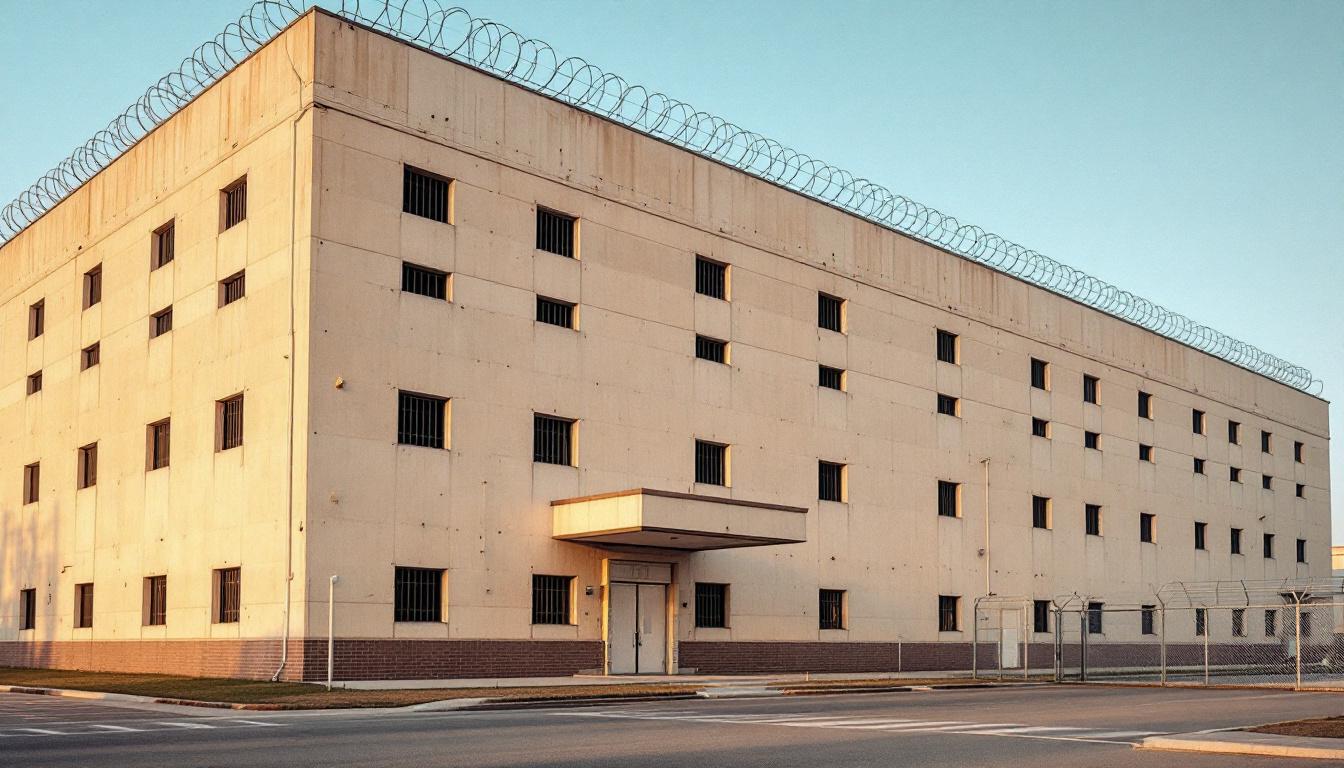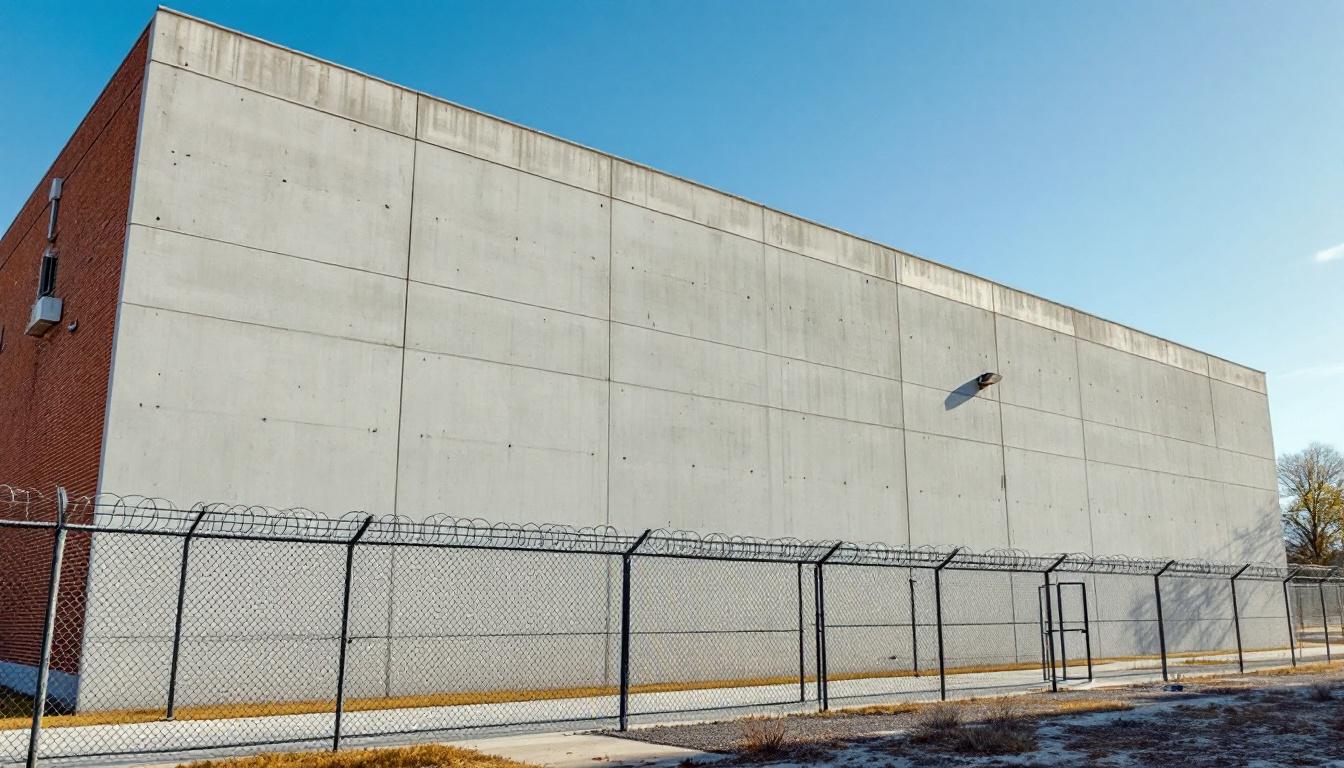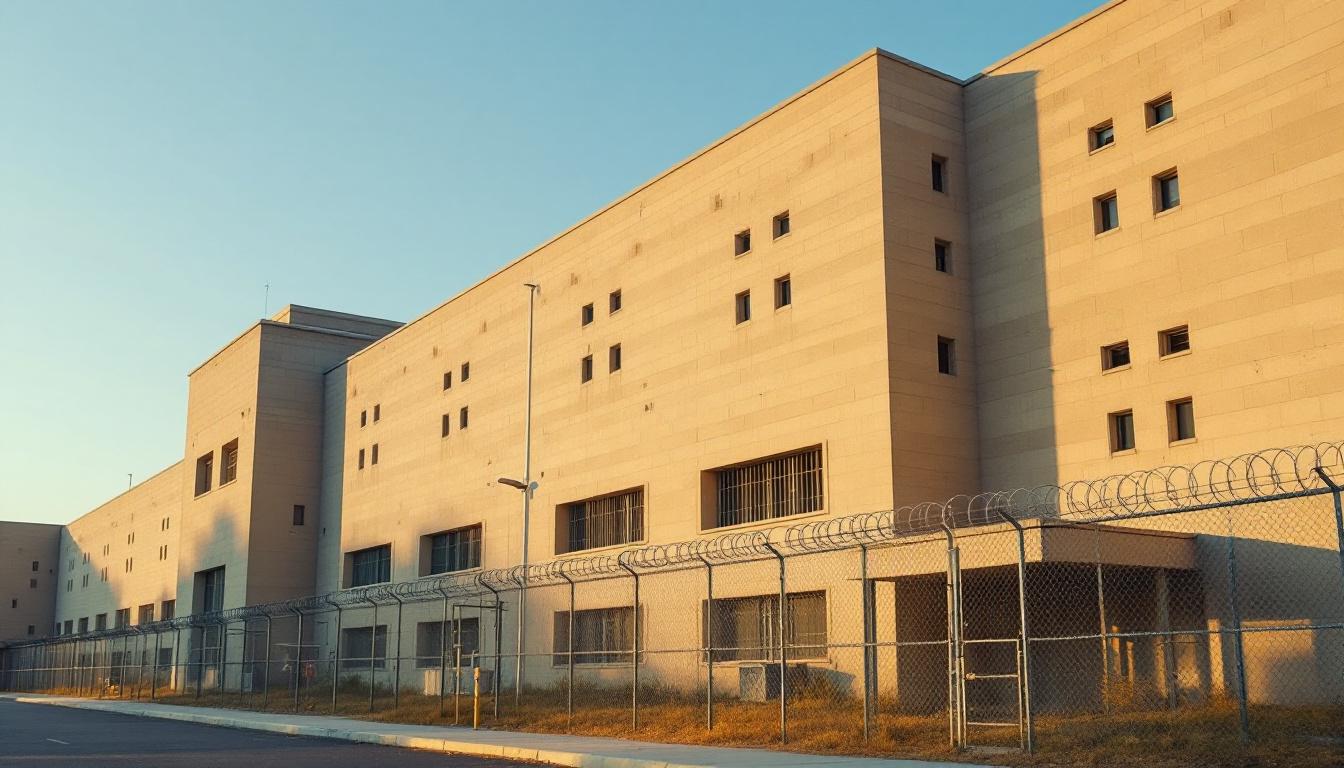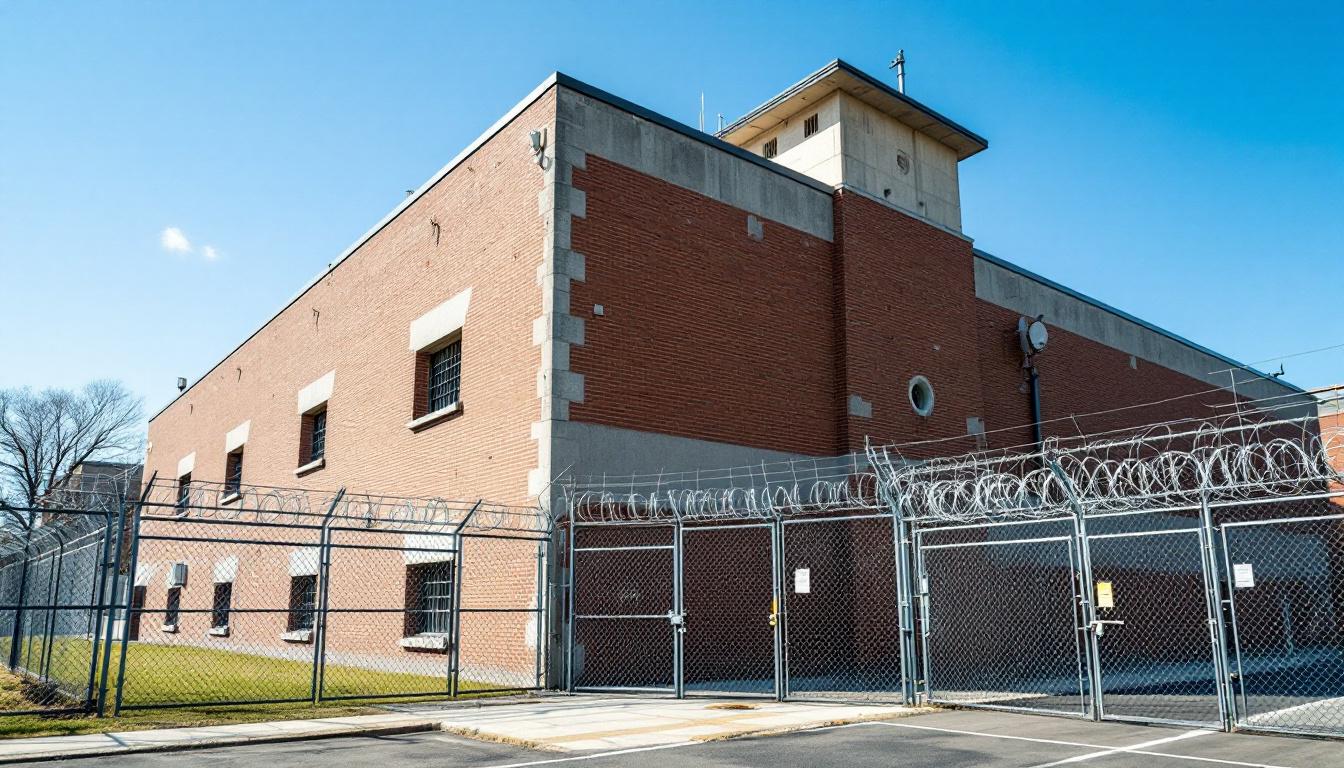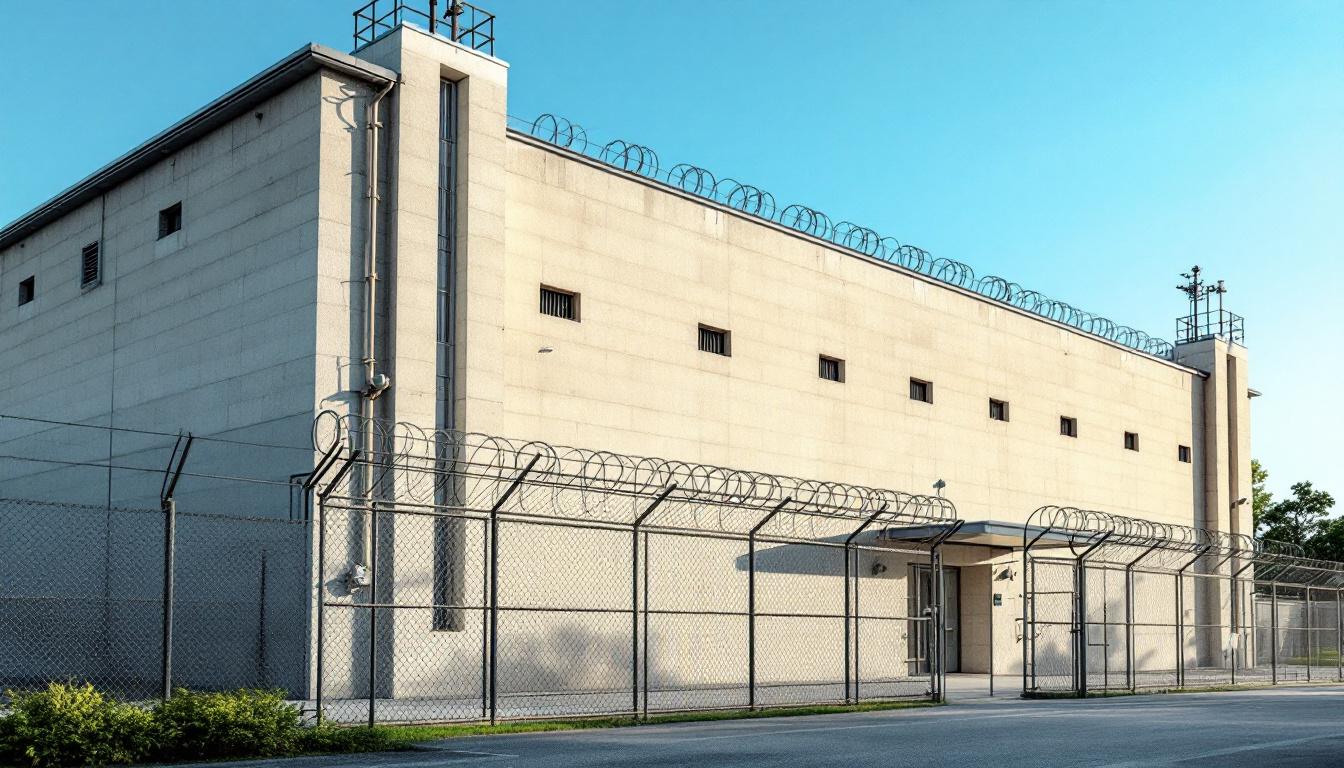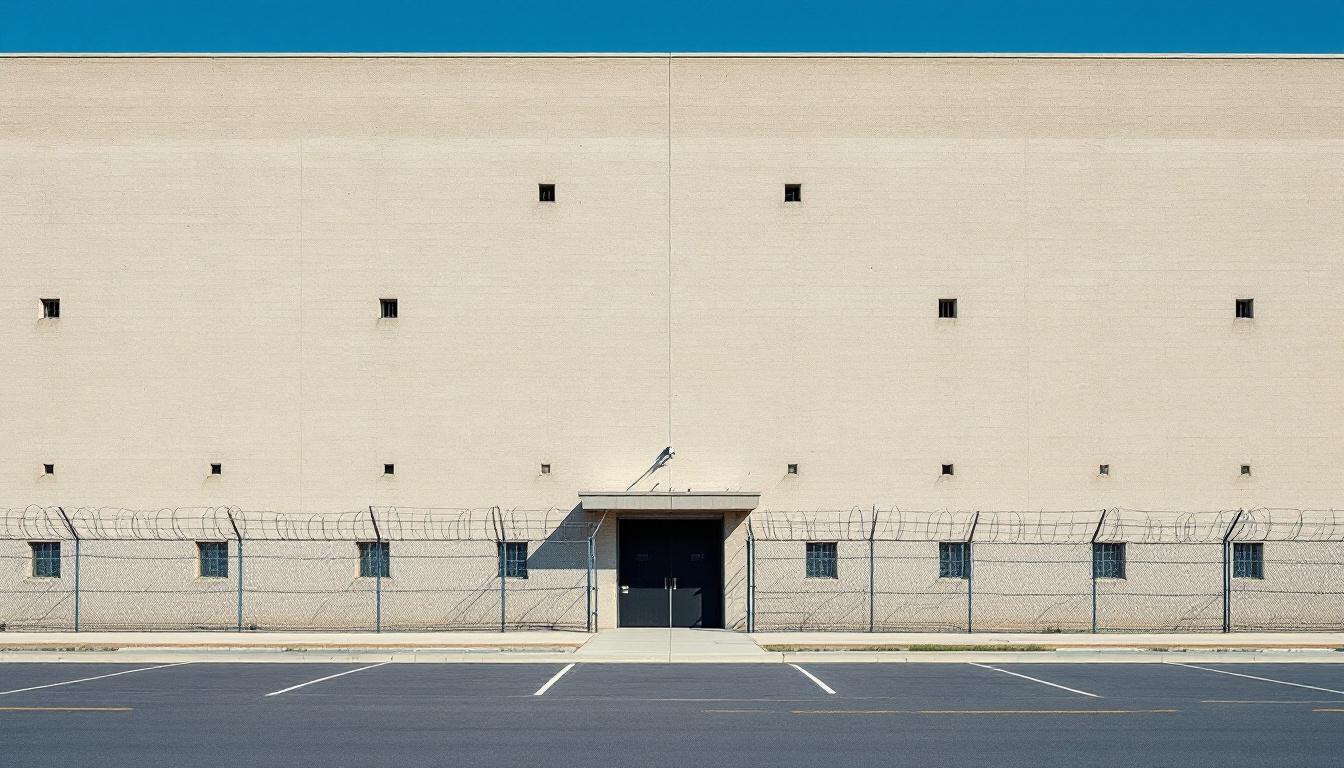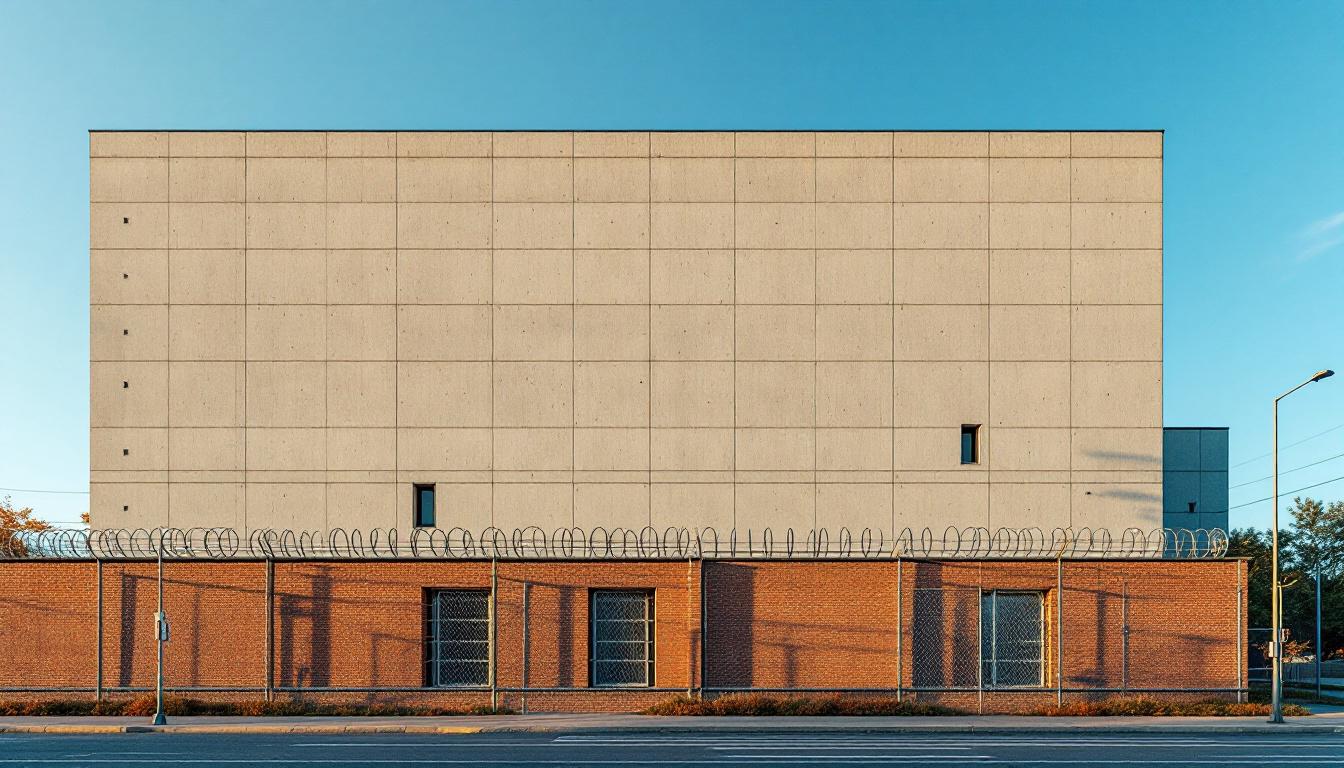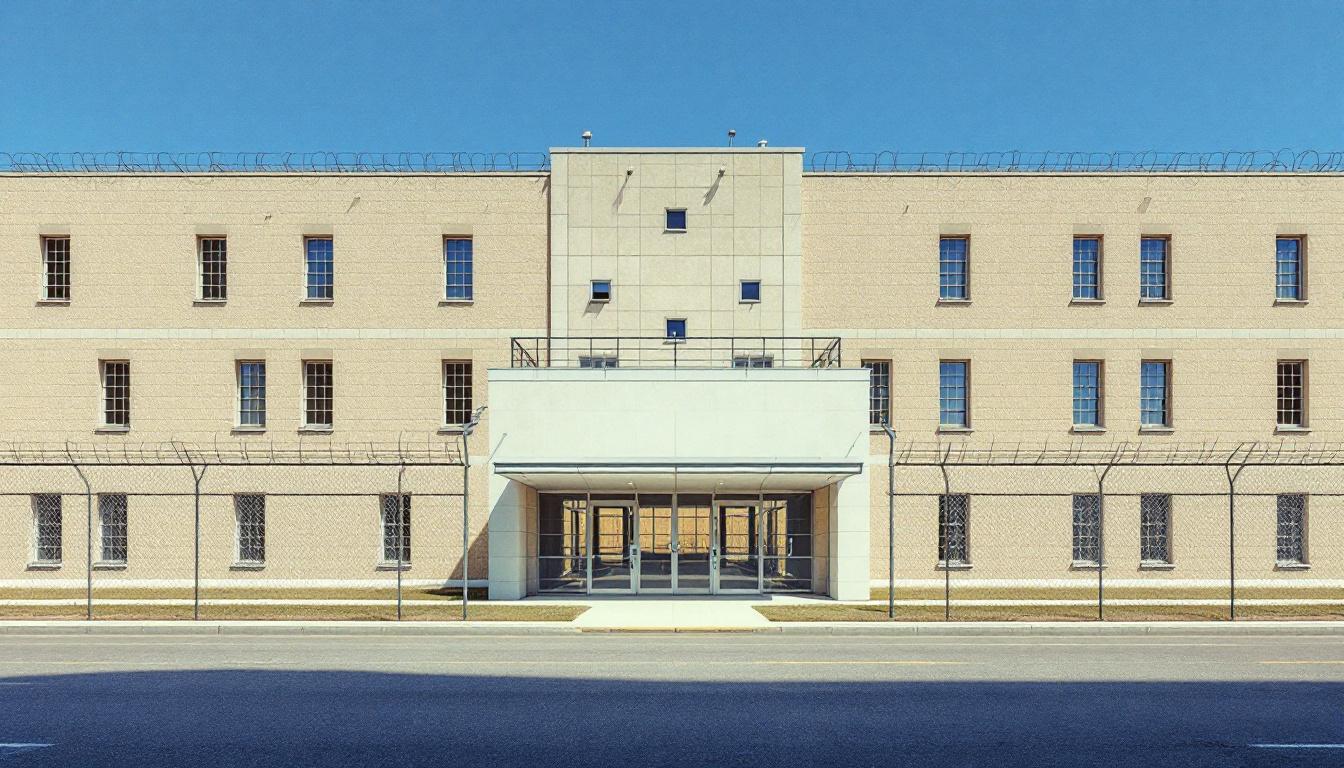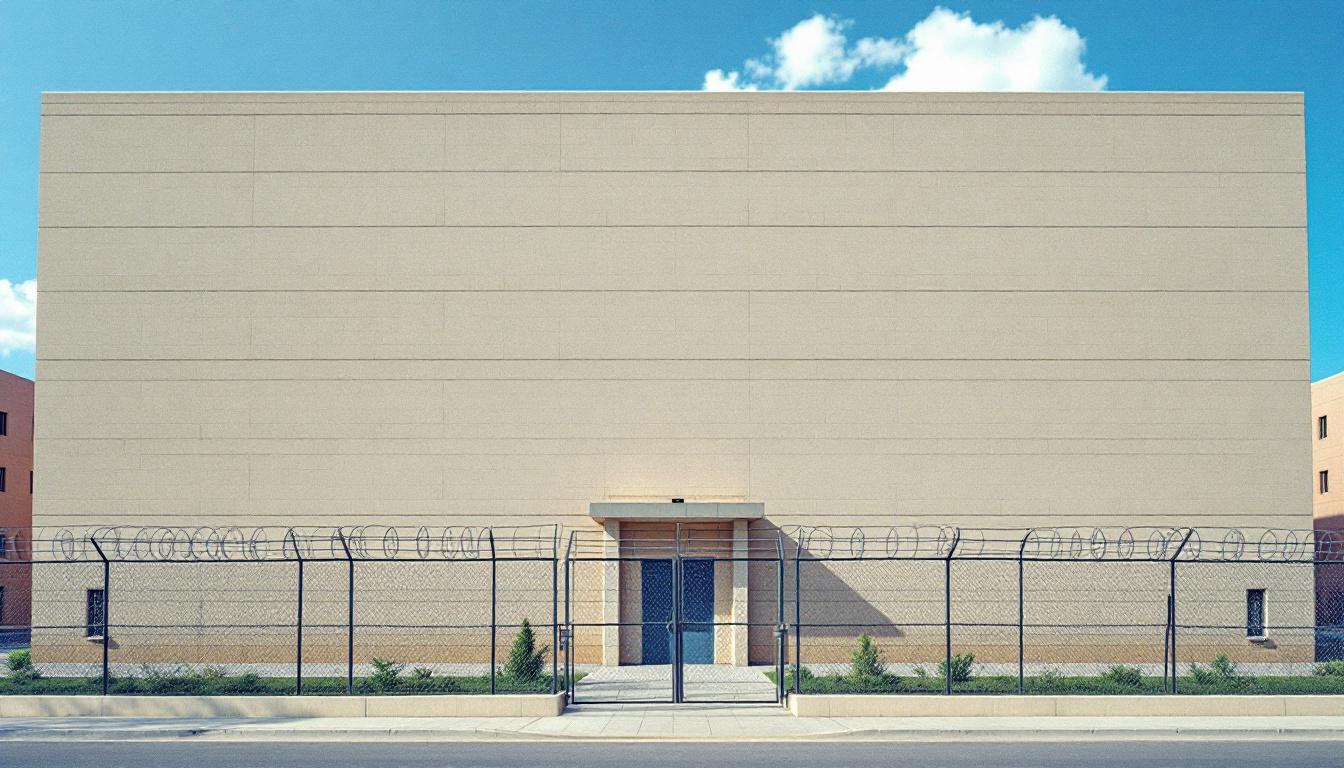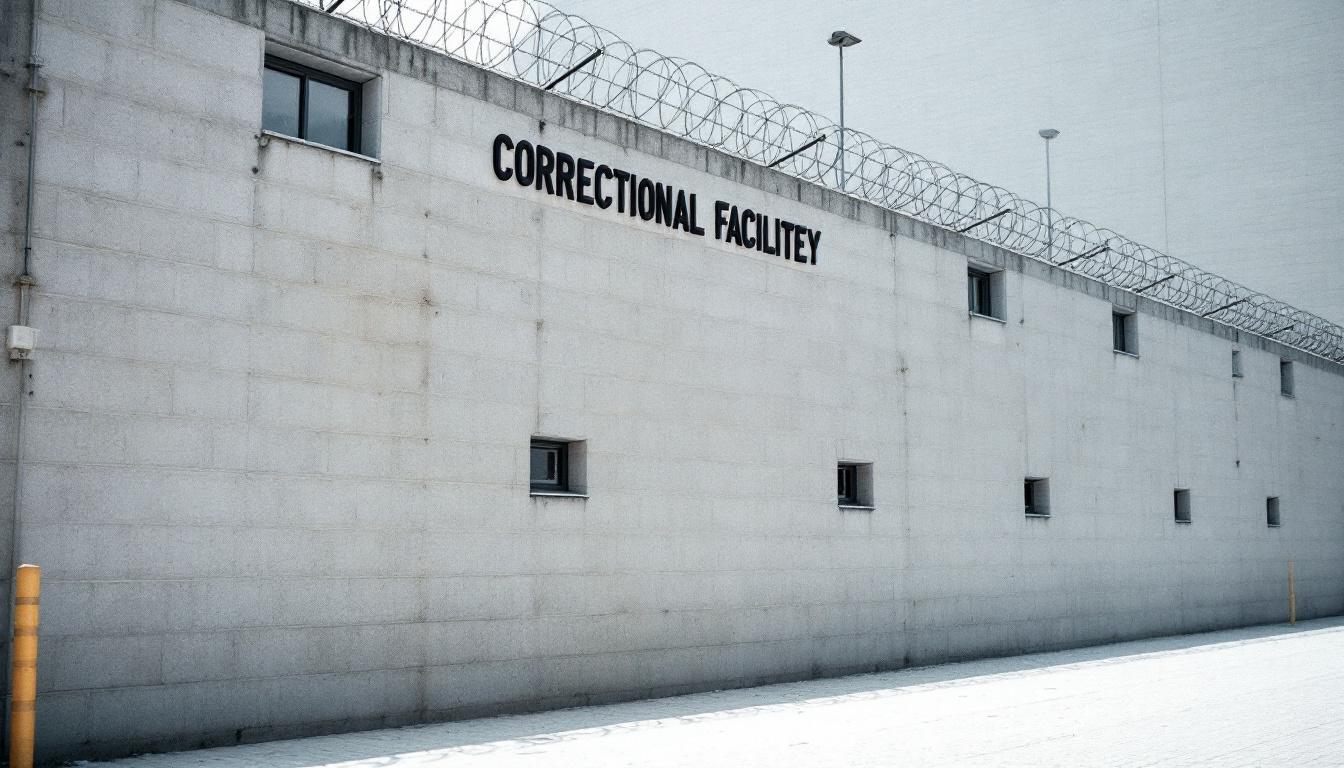
Quick Navigation
How to contact an inmate at Seminole County Jail
This comprehensive guide will walk you through how to connect with an inmate at Seminole County Jail. Follow the steps below to find an inmate and send letters and photos:
- Search for the inmate using our search tool below
- Create your account or log in to Penmate
- Write your message (up to 6,000 characters)
- Send instantly - inmates receive printed copies daily
Find an Inmate
Search for an inmate to start communicating today
Tip: You can search by first name, last name, or inmate ID number
To contact a person at Seminole County Jail start by searching for the person on the official facility website. Perform a search by following these steps:
- Step 1: Enter their first name and last name into the search form and click "Search"
- Step 2: Locate their inmate record
- Step 3: Write down their Inmate ID and any housing information provided
Important! Be sure to enter the person's full name. Nicknames should not be used.
How to Send Messages to Inmates

You can use your phone or computer to send emails, letters, and photos to an inmate. Messages are sent electronically to inmate tablets or kiosks at the facility. If you would like to send a message, start by searching for an inmate at Seminole County Jail.
Sending Photos and Postcards

A great way to send love and support to a loved one at Seminole County Jail is to send photos and postcards. It only takes a few minutes to send photos from your phone and it makes a huge difference. You can also mail postcards with words of support and inspiration, or design your own postcard for special moments like birthdays and holidays.
Important! Be sure not to send any explicit photos or they may not be approved by the facility. You can also use a photo printing app like Penmate to make sure your photos are printed at the correct size (4x6 or 3x5) and are mailed according to the rules and regulations of Seminole County Jail.
Frequently asked questions about Seminole County Jail
-
How long does it take to deliver a message?
If you're sending an email message your letter is usually delivered within 24-48 hours. For messages sent via mail you should expect delivery within 3-7 days. All messages will need be approved by Seminole County Jail.
-
How much does it cost to send a message to Seminole County Jail?
You can send a message free using your phone or mail a message via USPS for the price of a $0.60 stamp and envelope. You can also purchase credits or e-stamps from services starting at $1.99.
-
What services can I use to contact an inmate at Seminole County Jail?
Penmate
You can use Penmate to send letters and photos to an inmate from your phone. It's an easy way to stay in touch during your loved one's incarceration. Use the inmate locator to find an inmate's location and contact information, then you can send messages within a few minutes.
Securus messaging
Securus may be another option for communicating with an inmate at Seminole County Jail. You can create a friends and family account and purchase credits to send messages. All messages will be reviewed and must be approved by the facility.
JPay
Some county jails and state prisons may support sending messages with JPay. You must register an account with the system, find your loved one, and purchase stamps to send messages. For some locations you can also attach photos.
Smart Jail Mail
You may also check if Smart Jail Mail is available at Seminole County Jail. Smart Jail Mail is operated by Smart Communications and has contracted with some state and county jails. After purchasing credits, your messages and photos are sent to the facility, printed out, and then handed out to your loved one.
-
What is the mailing address of Seminole County Jail?
Mailing address:
Seminole County Jail
211 Eslinger Way
Sanford, FL 32773
Phone: (407) 665-1200Business hours:
- Monday: Open 24 hours
- Tuesday: Open 24 hours
- Wednesday: Open 24 hours
- Thursday: Open 24 hours
- Friday: Open 24 hours
- Saturday: Open 24 hours
- Sunday: Open 24 hours
-
What are the visiting hours at Seminole County Jail?
Visiting hours at Seminole County Jail vary by housing unit and security level. Generally, visits are scheduled on weekends and holidays, with some facilities offering weekday visits. Contact the facility directly at (407) 665-1200 or check their website for the current visiting schedule. Visits typically last 30-60 minutes and must be scheduled in advance.
-
What items are prohibited when sending mail to Seminole County Jail?
Prohibited items typically include: cash, personal checks, stamps, stickers, glitter, glue, tape, staples, paperclips, polaroid photos, musical or blank greeting cards, hardcover books, magazines with staples, and any items containing metal or electronics. Only send letters on plain white paper with blue or black ink. Photos must be printed on regular photo paper (no Polaroids). Always check with Seminole County Jail for their specific mail policies.
-
How do I send money to an inmate at Seminole County Jail?
You can send money to an inmate at Seminole County Jail through several methods: 1) Online using JPay, Access Corrections, or the facility's approved vendor, 2) Money orders mailed directly to the facility with the inmate's name and ID number, 3) Kiosks located in the facility lobby, or 4) Over the phone using a credit or debit card. Fees vary by method, typically ranging from $2.95 to $11.95 per transaction.
-
Can I schedule a video visit with an inmate at Seminole County Jail?
Many facilities now offer video visitation as an alternative to in-person visits. At Seminole County Jail, video visits may be available through services like Penmate, Securus Video Connect, GTL, or ICSolutions. Video visits typically cost $10-20 for 20-30 minutes and must be scheduled in advance. You'll need a computer or smartphone with a camera and reliable internet connection. Contact the facility for their specific video visitation policies and approved vendors.
-
What identification do I need to visit an inmate at Seminole County Jail?
All visitors must present valid government-issued photo identification such as a driver's license, state ID, passport, or military ID. Minors must be accompanied by a parent or legal guardian who can provide the minor's birth certificate. Some facilities require visitors to be on the inmate's approved visitation list, which may require a background check. Contact Seminole County Jail for specific ID requirements and visitor approval procedures.
-
How can I find out an inmate's release date?
To find an inmate's release date at Seminole County Jail, you can: 1) Use the online inmate search tool if available, 2) Call the facility's records department, 3) Contact the inmate's case manager or counselor, or 4) Have the inmate provide this information during a call or visit. For privacy reasons, some facilities only release this information to immediate family members.
Facility Overview
Official Website
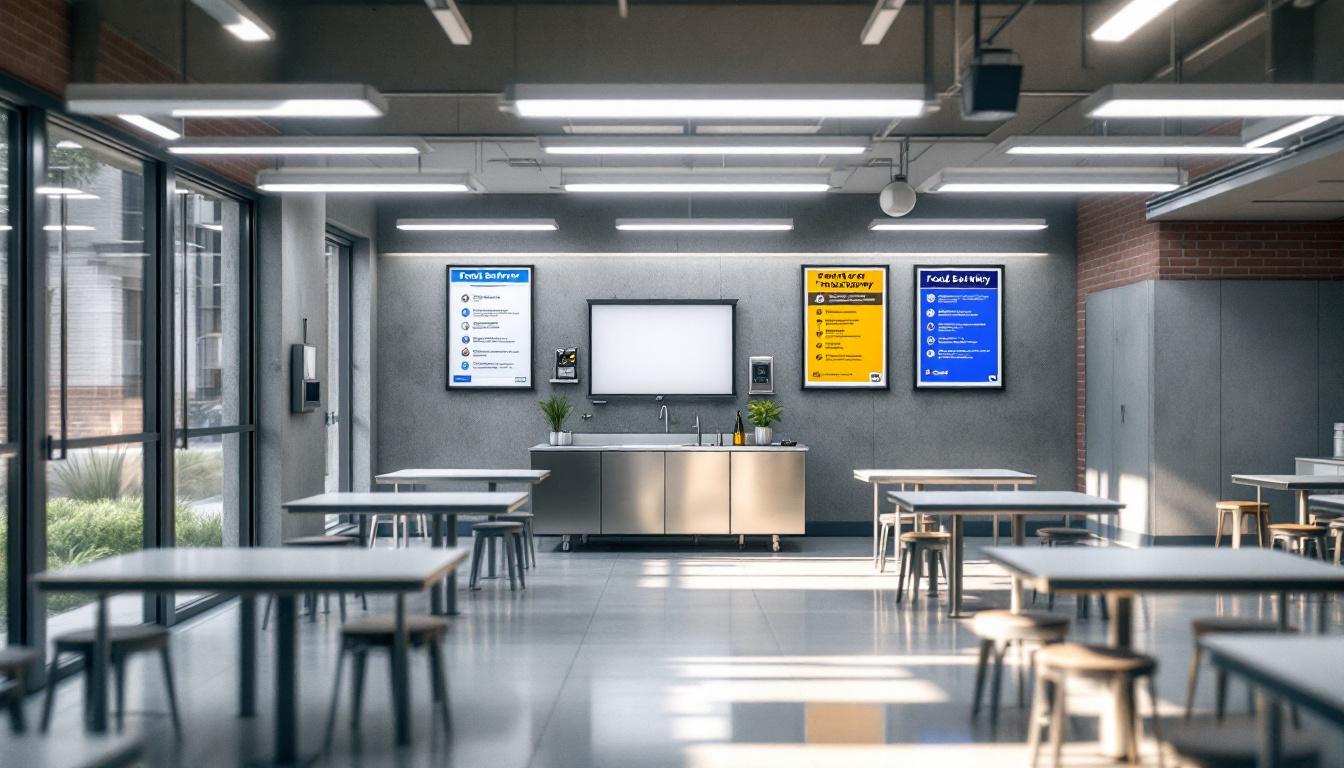
About Seminole County Jail
County jails throughout Florida's correctional system serve as crucial detention centers for individuals awaiting trial or serving shorter sentences, with Seminole County Jail, FL representing this essential function within the broader framework of state justice operations. Located in Pinellas Park, this FL correctional facility operates under the operational philosophy that effective detention must balance security requirements with meaningful preparation for community reintegration. The facility typically aligns its daily operations with Florida's correctional goals, emphasizing both public safety and the potential for positive behavioral change among those in custody.
Within Pinellas Park's jurisdiction, the facility generally provides the population services that reflect modern correctional practices, including educational opportunities, substance abuse programming, and mental health support when available. Staff members typically work to maintain facility security while potentially offering various rehabilitative resources designed to address underlying issues that may contribute to criminal behavior. The county jail often serves as a bridge between arrest and either release or transfer to longer-term correctional facilities, making its role particularly significant in the initial stages of the justice process.
The operational approach generally emphasizes maintaining connections between detained individuals and their families, recognizing that community ties often play a vital role in successful reintegration. Programs may include visitation services, communication opportunities, and coordination with local social services to address housing, employment, and other practical concerns that individuals may face upon release. This comprehensive overview reflects the facility's integration with state correctional goals while serving the specific needs of the Pinellas Park community and surrounding areas.
Programs & Services
Through comprehensive programming designed to address individual needs, support services at Seminole County Jail focus on helping the population develop essential life skills and maintain important connections. The facility's approach recognizes that successful reintegration requires addressing multiple aspects of an individual's circumstances, from educational gaps to substance abuse challenges. These programs typically emphasize building stability and preparing participants for their eventual return to the community.
Educational opportunities form a cornerstone of the supportive services available to the population. The facility may offer basic literacy programs and GED preparation courses that help participants complete their high school education. Additionally, vocational training programs often include food service operations, which provide hands-on experience in kitchen management, food preparation, and safety protocols. These educational initiatives typically focus on developing marketable skills that can lead to employment opportunities upon release.
Support services extend beyond traditional educational programming to address the complex challenges many participants face. Substance abuse treatment programs may provide counseling and group therapy sessions designed to help individuals understand and overcome addiction issues. Dual diagnosis treatment often addresses co-occurring mental health conditions alongside substance abuse concerns. Work release programs typically allow eligible participants to maintain employment in the community while serving their sentence, helping preserve family connections and financial stability. Family reunification services may include counseling sessions and structured visitation programs that work to strengthen relationships and support systems essential for successful community reintegration.
Daily Life & Visitation
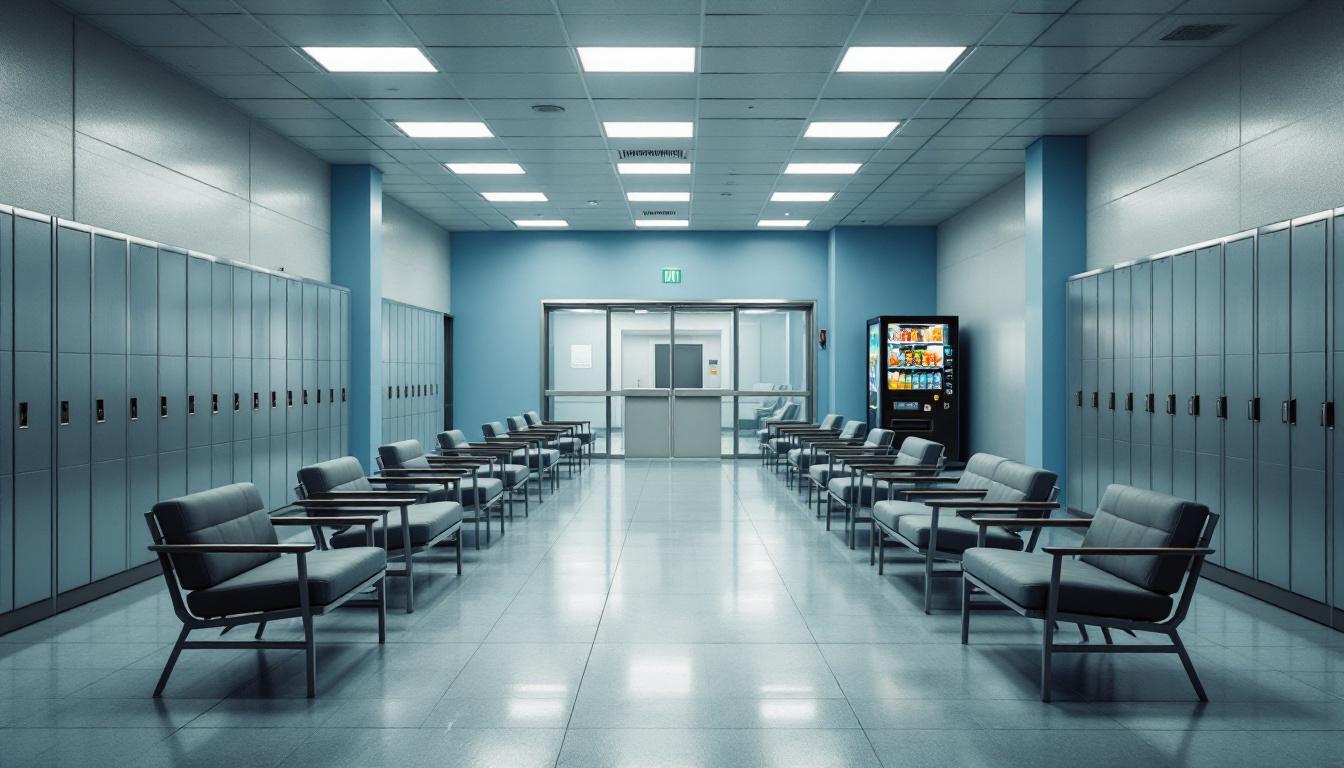
A carefully structured organizational framework shapes every aspect of life within the facility, where standardized schedules and clear protocols currently guide the population through their daily routines. Staff members continue to oversee housing assignments, meal distribution, and programming activities that supply predictability and order throughout each day. The facility typically operates on a regimented schedule that generally includes designated times for meals, recreation, educational programming, and rest periods.
Housing arrangements at the facility usually consist of dormitory-style units or individual cells, depending on classification levels and available space. The population typically shares common areas for dining and recreation, while personal belongings are generally limited to approved items that may be stored in designated areas. Additionally, commissary services often provide opportunities for residents to purchase approved personal items and snacks, which helps supplement basic facility provisions. Living conditions generally emphasize safety and security while maintaining basic standards for accommodation.
While daily routines supply necessary structure, the facility may offer various programming opportunities that include educational classes, work assignments, and recreational activities. These programs typically provide the population with constructive ways to spend time and may include maintenance duties, kitchen work, or facility cleaning assignments. Additionally, visitation policies usually allow for scheduled family contact through in-person visits or video calling systems, helping residents maintain important connections with their support networks. Communication options often continue to include monitored phone calls and correspondence, which generally operate within established security guidelines to ensure both safety and family contact remain priorities.
Ready to Connect?
Start communicating with your loved one today
Search for an Inmate
